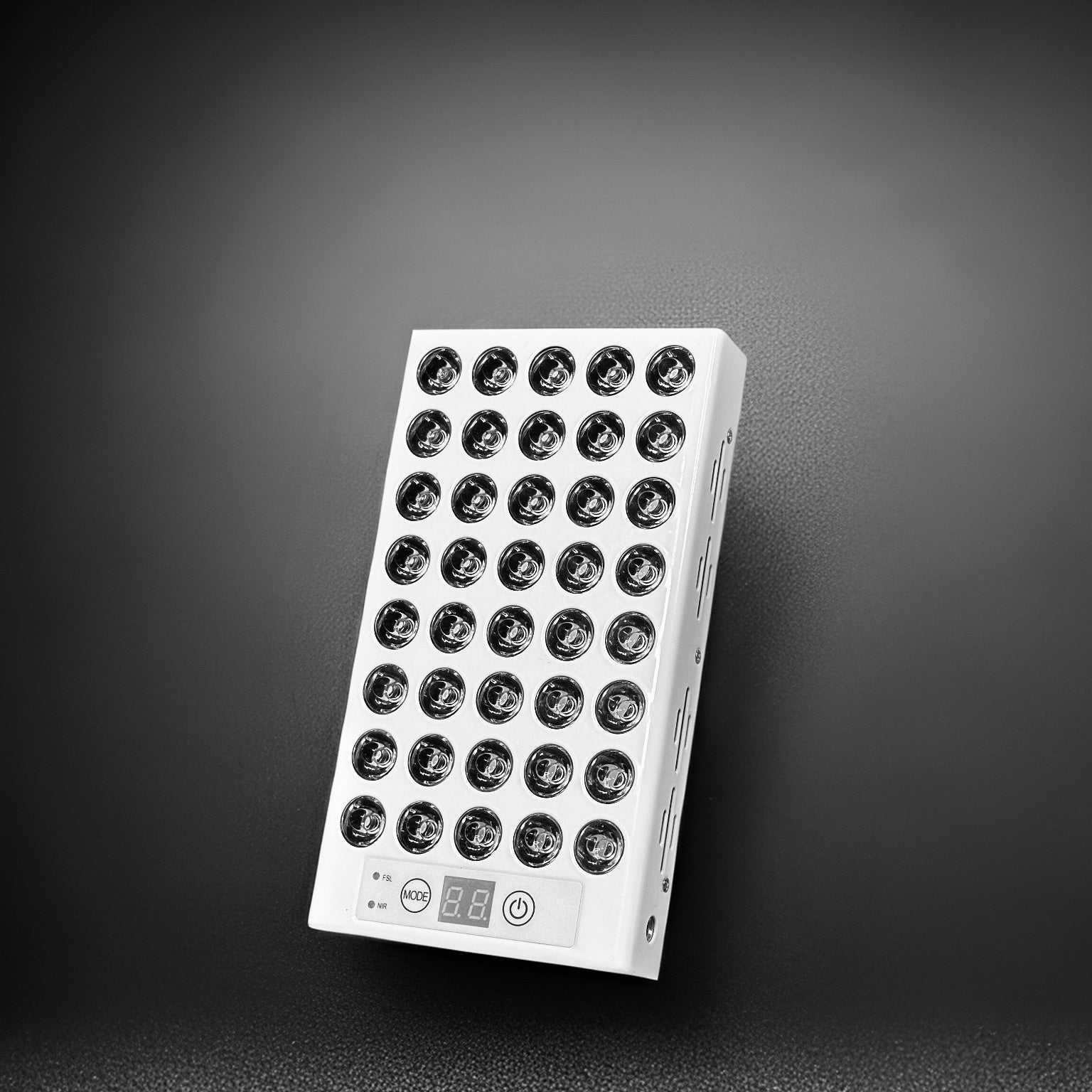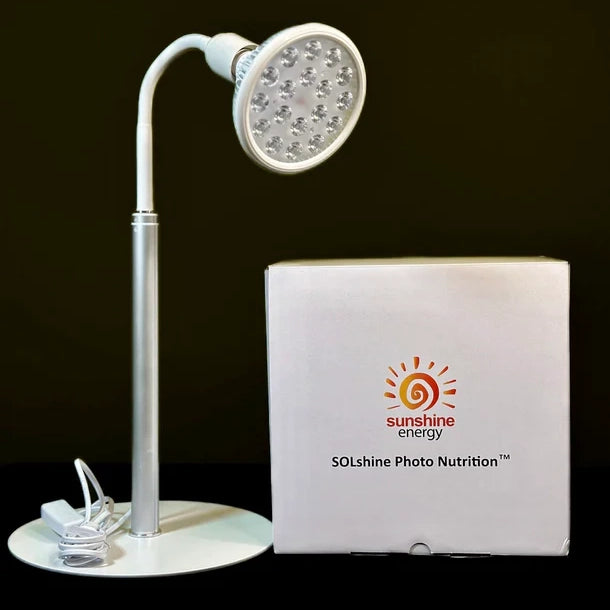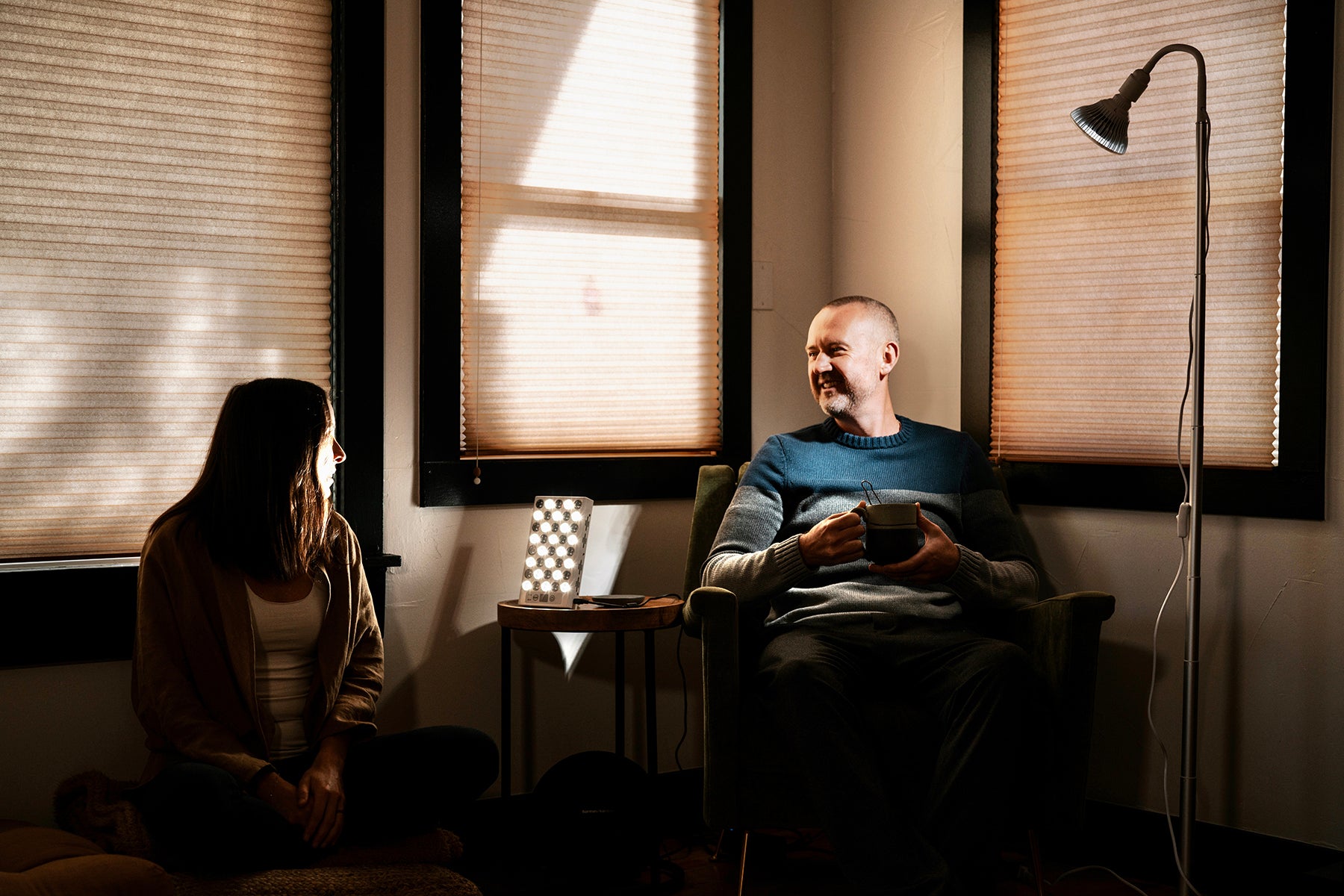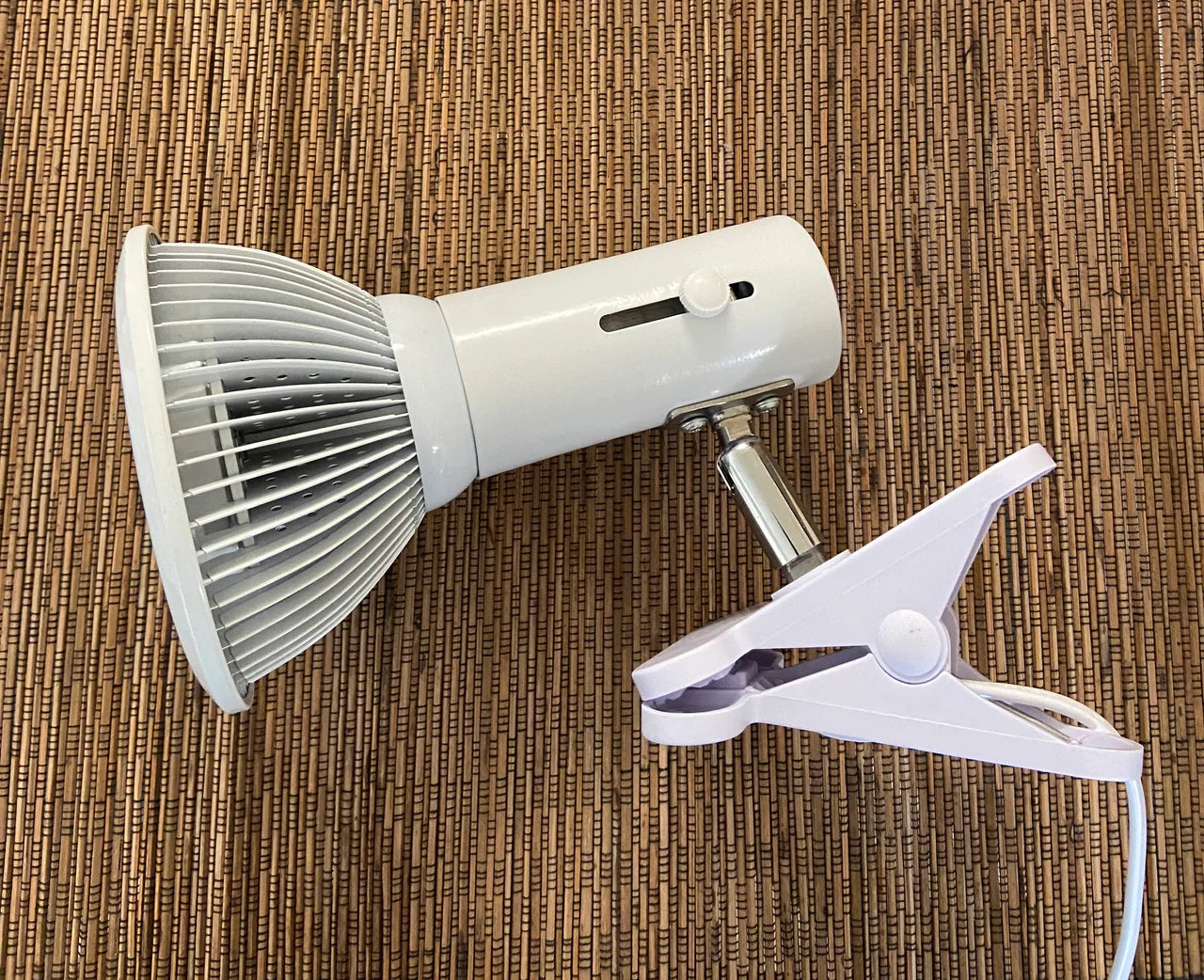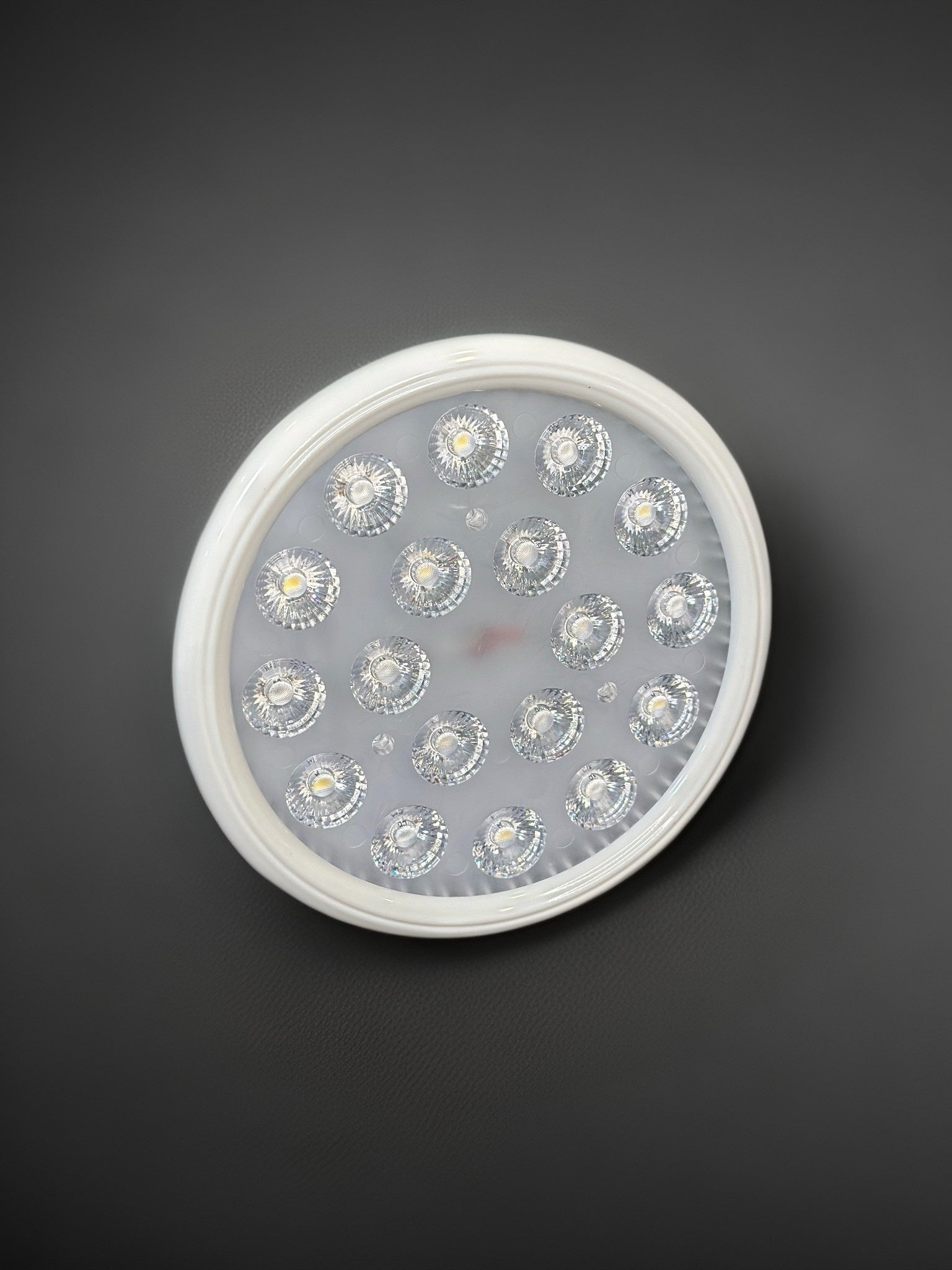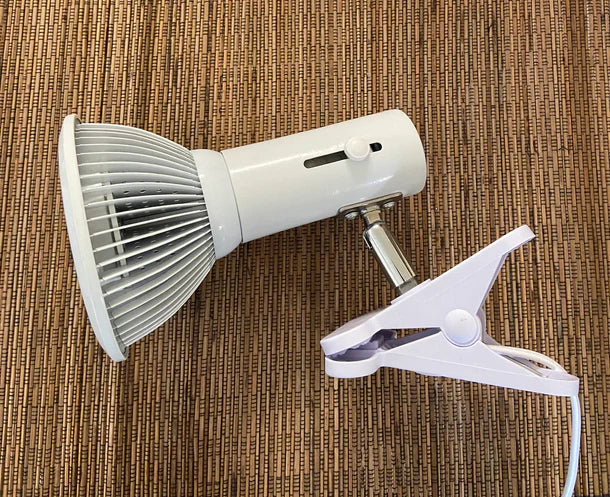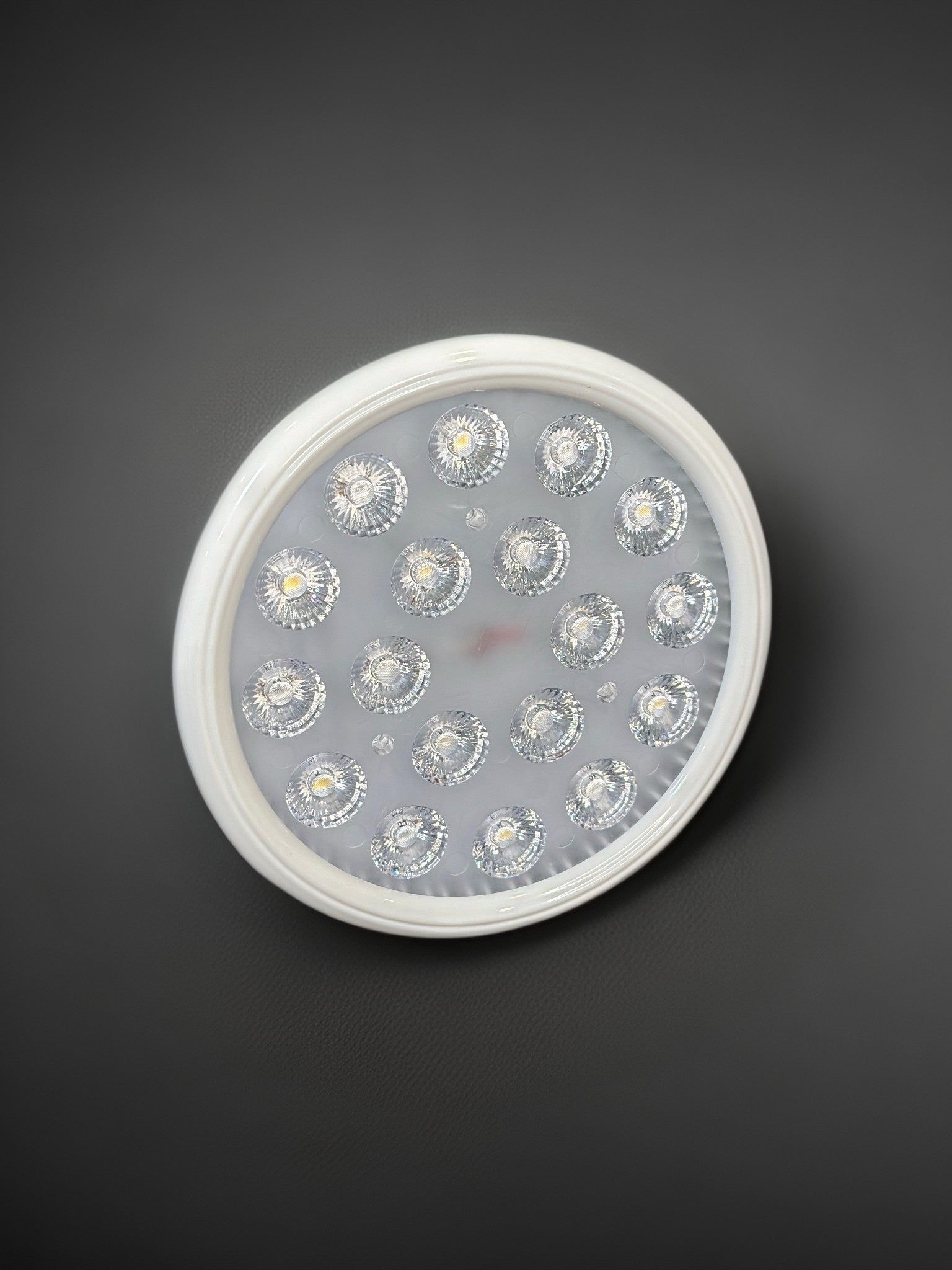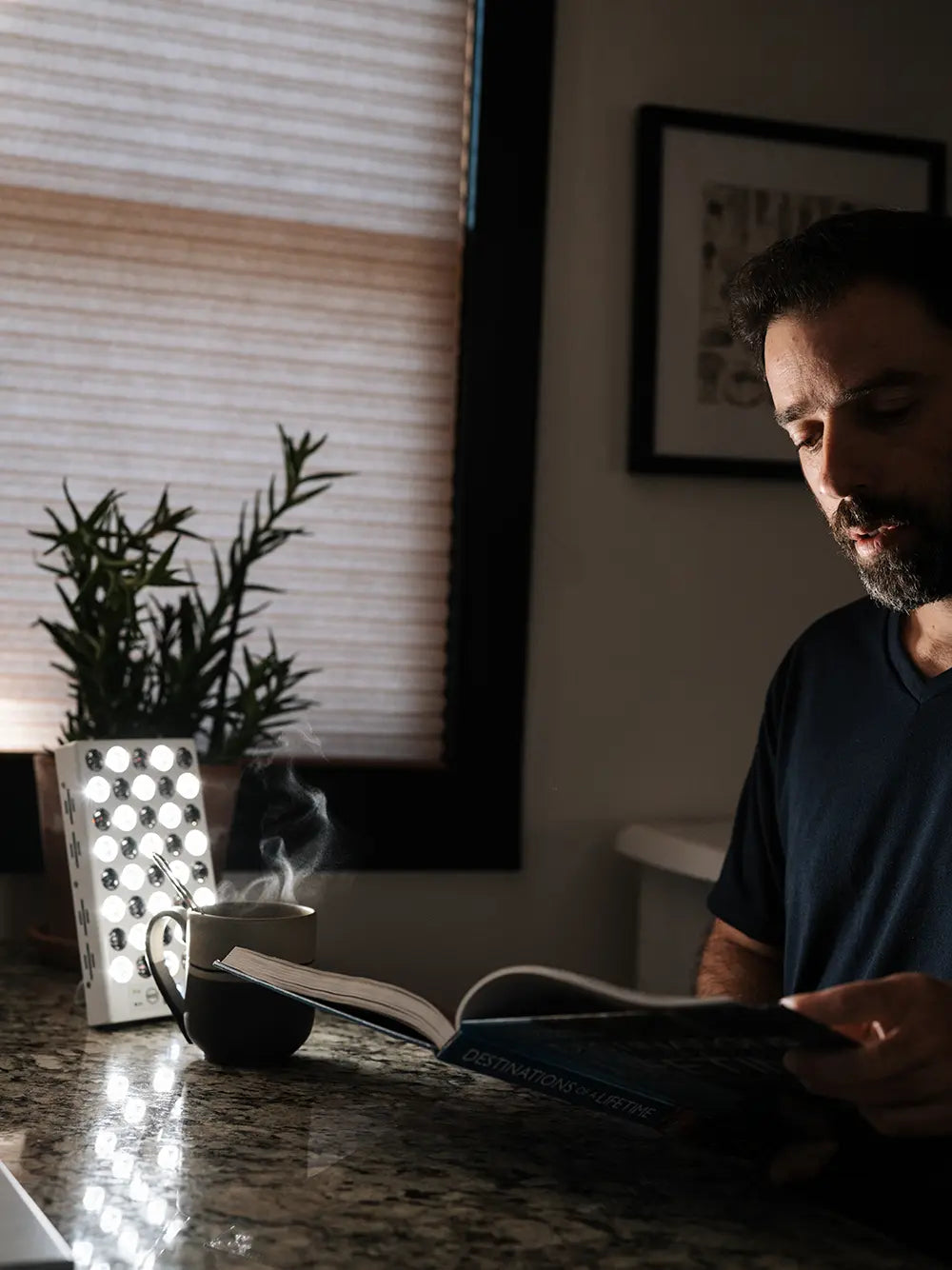Bright Light Treatment in Elderly Patients With Nonseasonal Major Depressive Disorder
Major depressive disorder (MDD) in elderly individuals is prevalent and debilitating. It is accompanied by circadian rhythm disturbances associated with impaired functioning of the biological clock. Circadian rhythm disturbances are common in the elderly. Bright light treatment (BLT) has been proven effective in regulating circadian rhythm and may, therefore, improve mood, sleep, and hormonal rhythms in elderly patients with MDD.
After 3 weeks of treatment, BLT improved depressive symptoms better than placebo (43% vs 36%). Three weeks after treatment withdrawal, symptoms had continued to improve in the BLT group but not in the placebo group (54% vs 33%). These effect sizes appear comparable to those reported for antidepressants with the noticeable difference that no adverse effect could be demonstrated for BLT.
In conclusion, BLT had beneficial effects in elderly patients with nonseasonal MDD. These results support inclusion of chronotherapeutic strategies in the treatment options for nonseasonal MDD in elderly patients.
Bright light treatment may provide a viable alternative for patients who refuse, resist, or do not tolerate antidepressant treatment.

